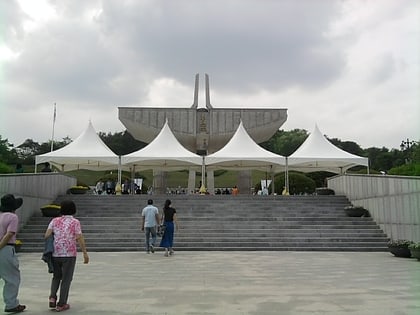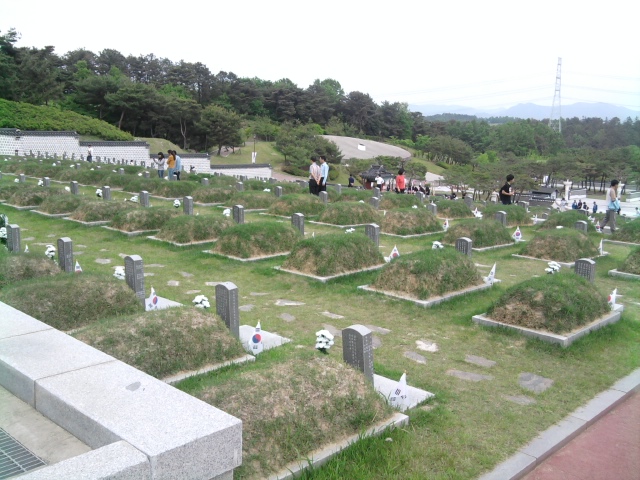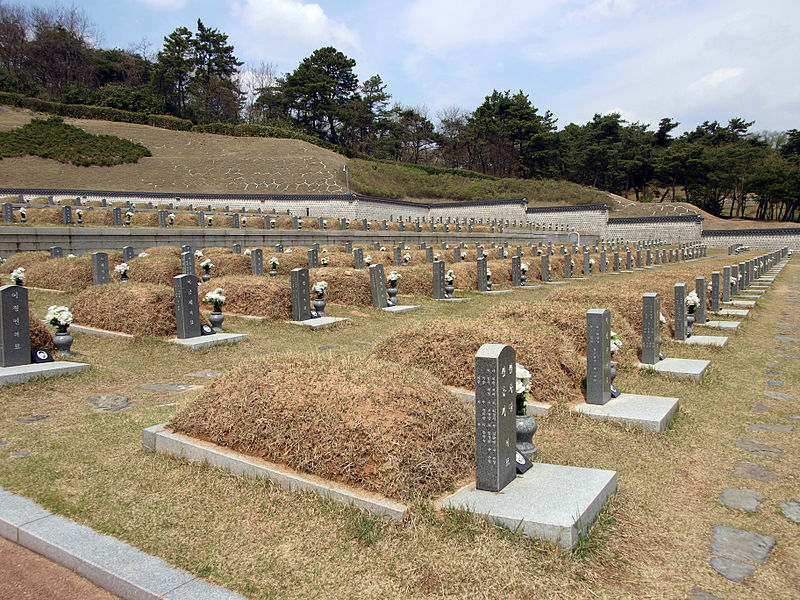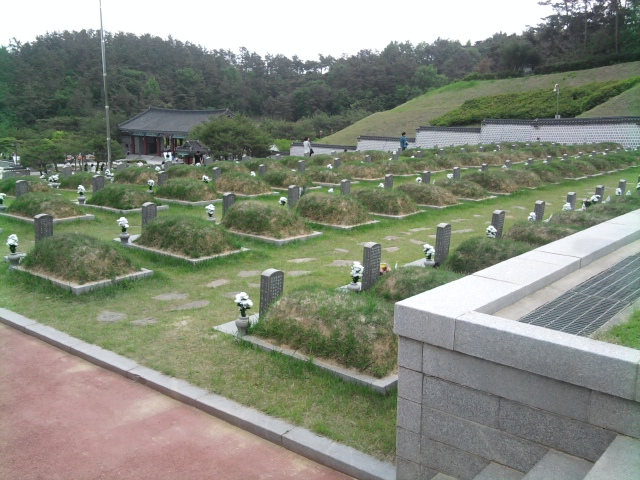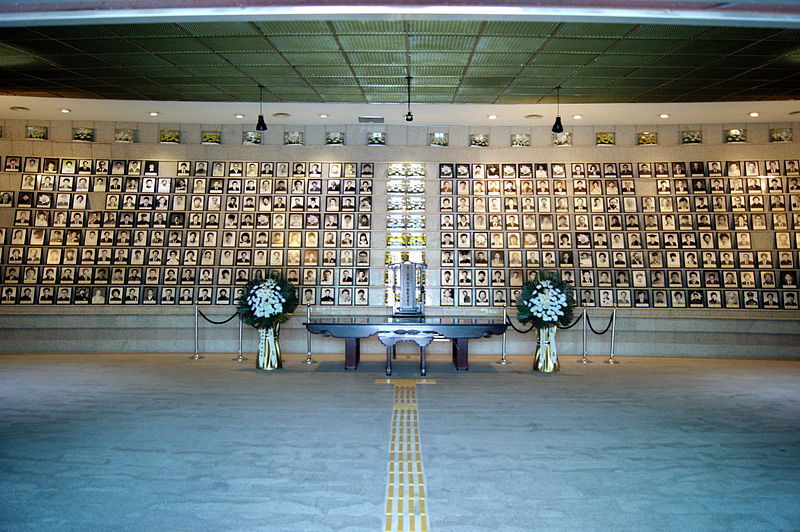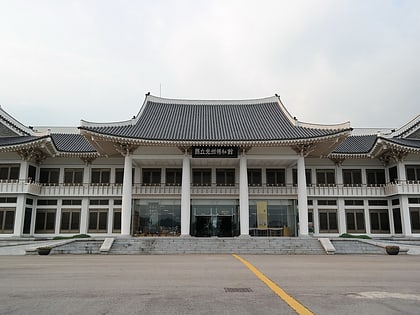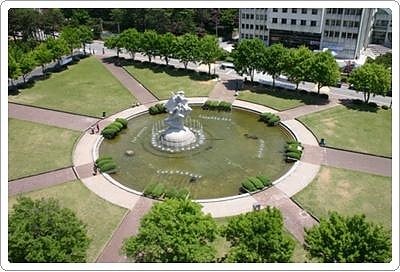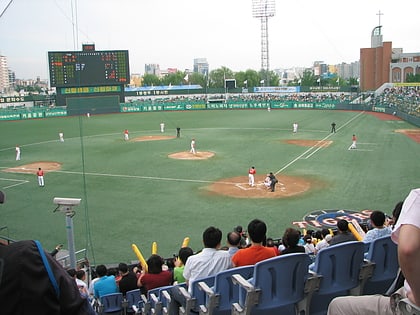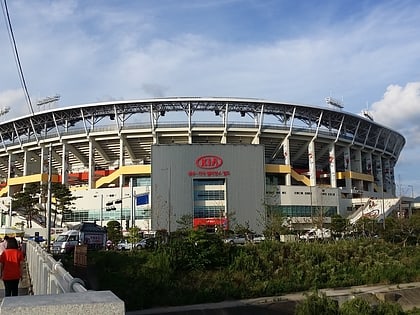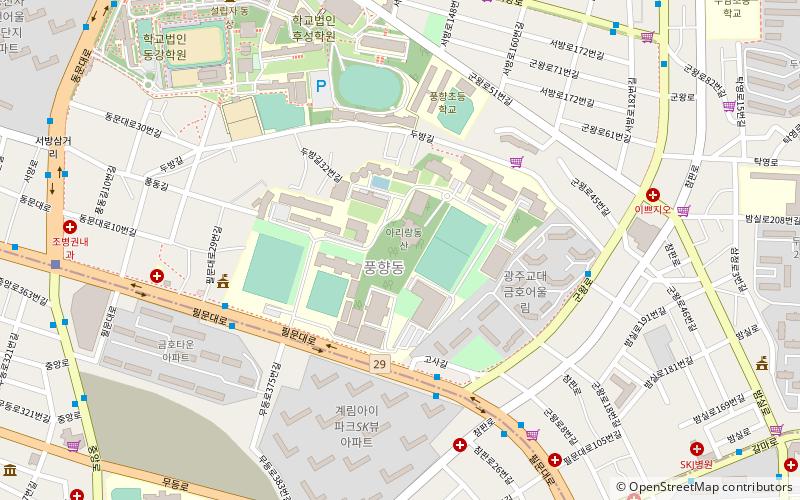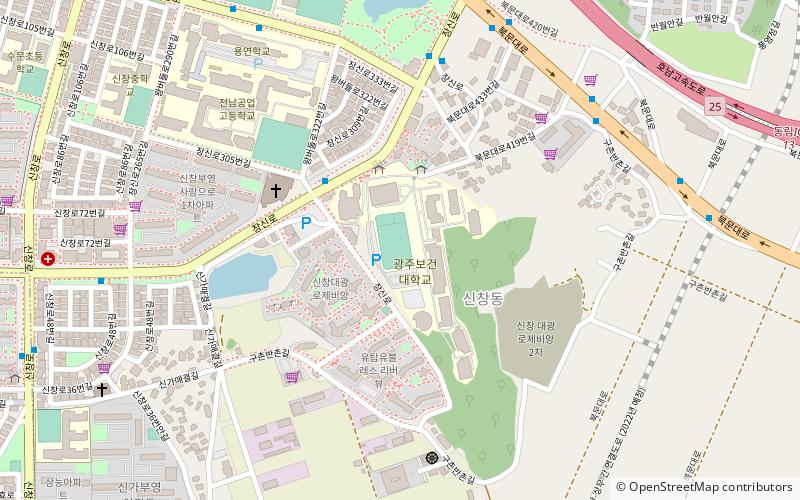May 18th National Cemetery, Gwangju
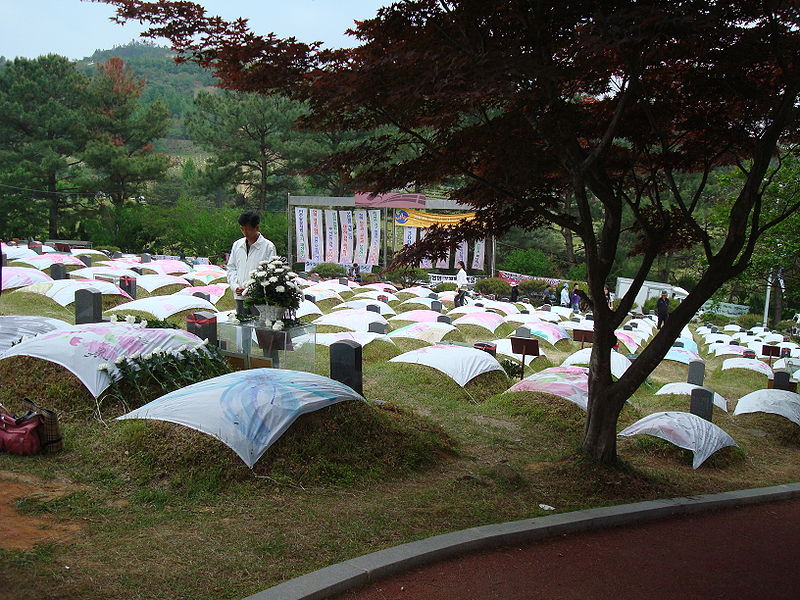
Facts and practical information
The May 18th National Cemetery in Gwangju, South Korea, stands as a poignant memorial to the victims of the Gwangju Uprising, a pivotal moment in the country's struggle for democracy. The cemetery was established to honor those who lost their lives during the tragic events that unfolded between May 18 and May 27, 1980, when citizens rose up against the then-military government.
Located in the city that bore witness to these historic and somber events, the cemetery not only serves as a final resting place for the fallen but also as a symbol of the fight for democratic values and human rights in South Korea. The site is a place of reflection, where visitors can pay their respects and learn about the sacrifices made for the nation's democratic freedoms.
The cemetery is meticulously maintained, with rows of graves each marked by a simple yet dignified stone. The atmosphere is one of somber respect, with the area surrounded by lush greenery, providing a peaceful environment for contemplation. A central monument within the cemetery stands as a focal point for ceremonies and commemorations that are held, especially on the anniversary of the uprising.
In addition to serving as a burial ground, the May 18th National Cemetery is an educational resource, with a museum that details the events of the uprising through exhibits and multimedia presentations. The museum aims to educate future generations about the importance of democracy and the price at which it can come.
May 18th National Cemetery – popular in the area (distance from the attraction)
Nearby attractions include: Gwangju National Museum, Serjee, Gwangju Mudeung Baseball Stadium, Gwangju-Kia Champions Field.
